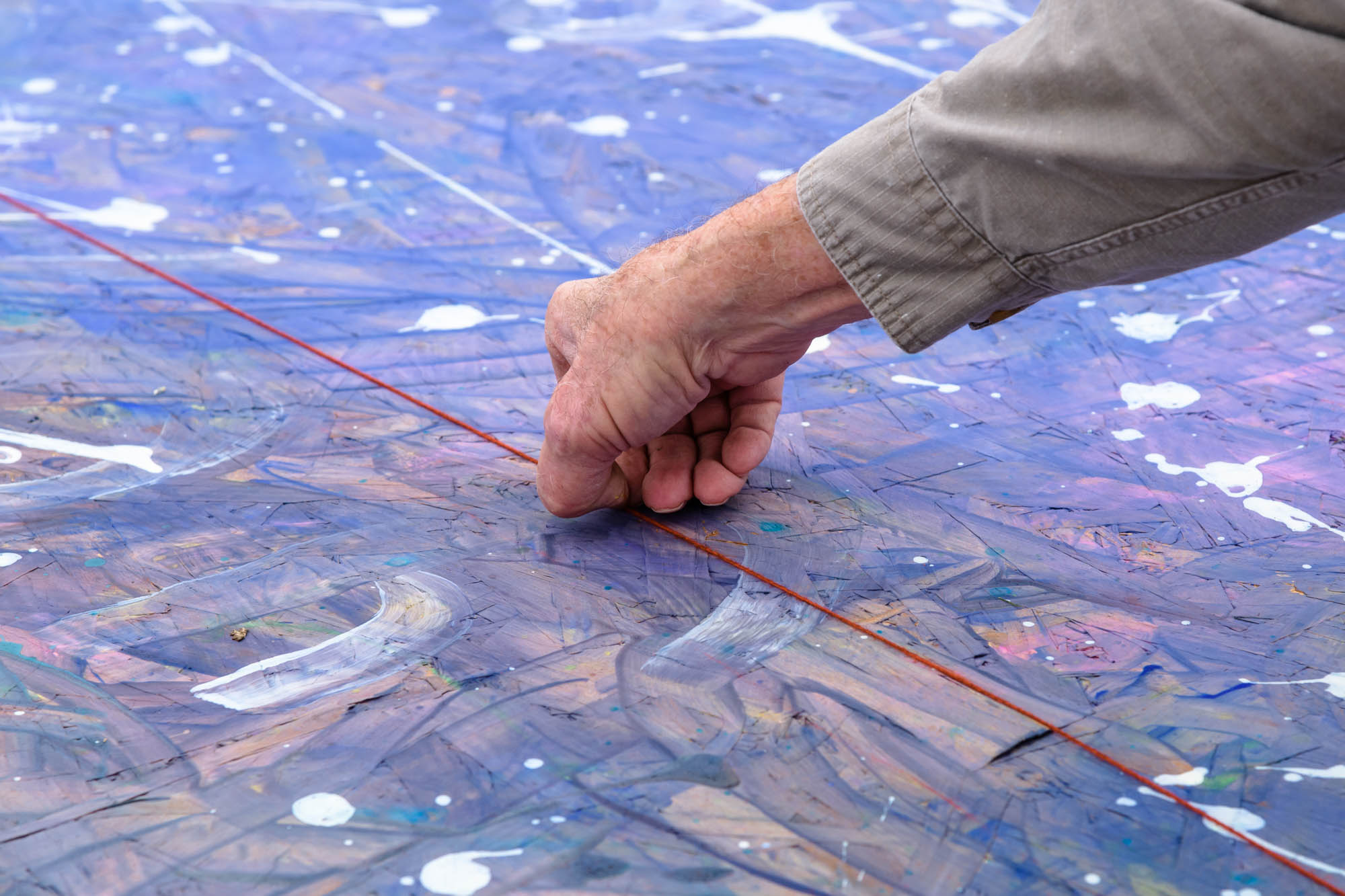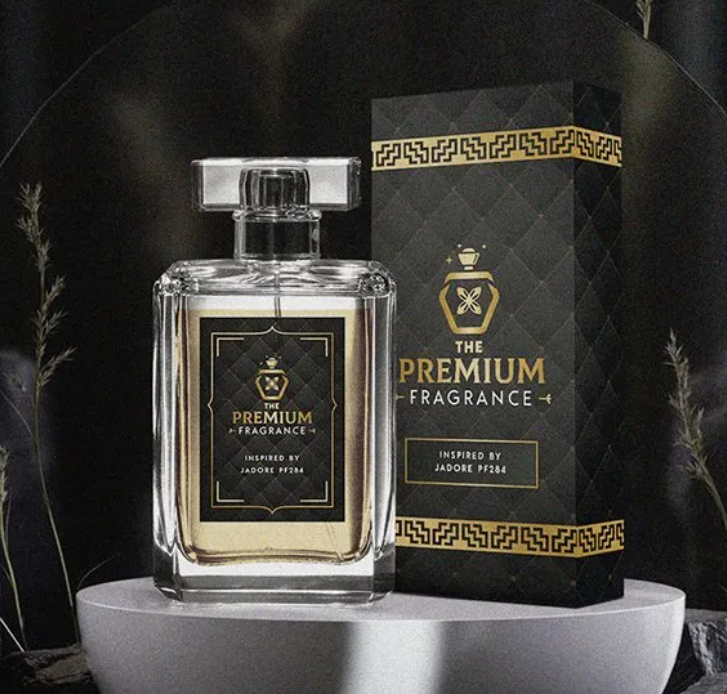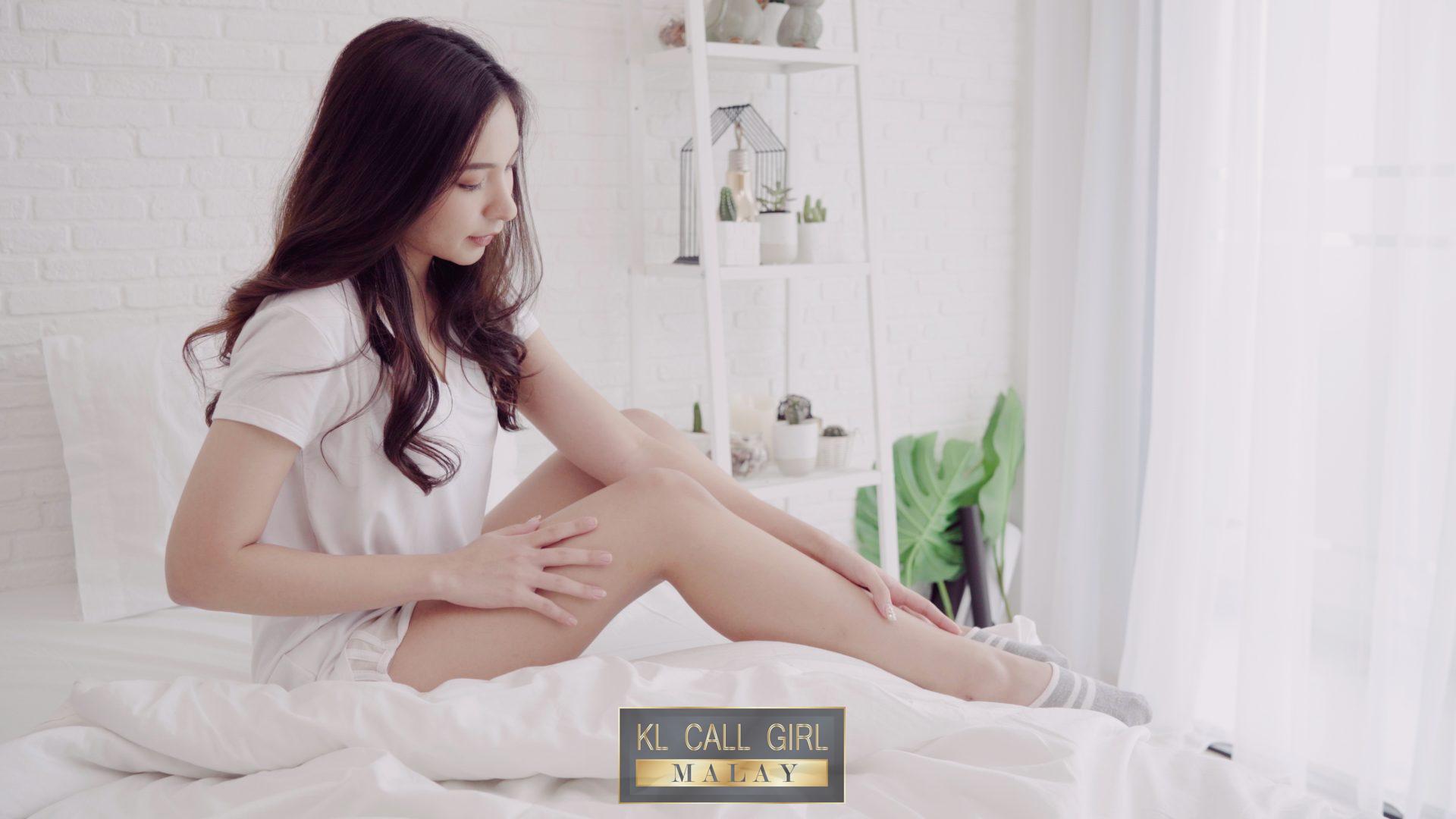Every piece matters when it comes to planning and decorating your living space since they all work together to create the atmosphere you want. Specifically, flooring is an essential component of the entire design. Custom epoxy flooring sticks out from the other flooring alternatives as a practical and stylish solution. Its customizable color and design options let you create a one-of-a-kind, bespoke appearance. This post will explain how to choose the ideal colors for your Custom epoxy flooring so that it complements the interior design of your house and satisfies your aesthetic standards.
Understanding Epoxy Flooring Color Options
A vast range of color possibilities, from vivid and striking colors to more subdued and neutral tones, are available for epoxy flooring. You don’t have to stick to a single solid color; you may mix and match hues, make patterns, or even add extra effects like quartz pebbles or metallic paints. Because of its adaptability, epoxy flooring is a great option for creating a unique and eye-catching floor.
Consider Your Home’s Aesthetic
The color scheme of your epoxy flooring should align with your home’s overall aesthetic. Take into consideration the existing color palette of your walls, furniture, and decor. This will help ensure that the flooring complements the space rather than clashing with it.
Complementary Colors:
You may select epoxy flooring colors that go well with your room’s main hue. To achieve a balanced effect, for example, if your walls are painted a chilly gray, think about using a warmer epoxy floor color like taupe or beige.
Contrasting Colors:
A contrasting hue can occasionally produce an eye-catching impact. If the style of your house permits it, think about choosing a color that contrasts with the other furnishings. An eye-catching focus point may be, for example, a vivid red epoxy floor in a space with a lot of neutral colors.
Gray, beige, and white are examples of neutral hues that go well with a variety of design themes. They provide a simple, classic style that works well in both modern and traditional environments.
Bold and Vibrant Choices:
If you have a more eclectic or contemporary design, don’t be afraid to experiment with bold and vibrant colors. Deep blues, reds, or metallic pigments can add a sense of drama and energy to your space.
Consider the Room’s Function
The purpose of the room where you’re installing custom Epoxy flooring should influence your color choice. Different spaces have different requirements, and the color can enhance the functionality and atmosphere of the room.
Kitchen:
In the kitchen, where spills are common, it’s wise to choose a color that can disguise stains and spills. Mid-toned colors like gray, beige, or a speckled pattern are great options. Light colors can brighten the space, but they may show stains more easily.
Living Room:
The living room is often the center of your home’s social activity. Choose colors that create a welcoming and comfortable ambiance. Neutral tones, earthy hues, or warm shades can make your living room feel cozy and inviting.
Bedroom:
In the bedroom, soothing and calming colors like soft blues, pale greens, or warm grays can create a relaxing atmosphere. Your choice should reflect the desired mood of your bedroom.
Bathroom:
For bathrooms, light colors can make the space feel clean and airy. Whites, light blues, or soft pastels are popular choices. A pop of color can be added with colorful accents and accessories.
Garage:
Garages often benefit from bright and reflective colors. Light gray, white, or metallic pigments can enhance visibility and make the space feel cleaner.
Size and Lighting Considerations
Your choice of hue may be influenced by the room’s dimensions and the quantity of both artificial and natural light it gets. While darker hues may give a larger space a homey sense, lighter hues can make a small space feel more roomy. Think about the following:
Small Rooms:
Lighter colors, especially neutral tones, can make a small room appear larger and more open. This effect is particularly useful in bathrooms or compact living spaces.
Large Rooms:
In more extensive areas, you have the freedom to choose from a broader spectrum of colors. Darker colors can create a sense of coziness and define different zones within a larger space.
Natural Light:
The amount of natural light that enters the room can affect how colors appear. A room with ample sunlight can showcase the vibrancy of bold colors, while a space with limited light may benefit from lighter shades to brighten the area.
Practical Considerations
While aesthetics are crucial, practical considerations should not be overlooked when selecting epoxy flooring colors.
Stain Resistance:
Lighter colors can make stains and spills more visible. If you anticipate frequent spills or high traffic, it might be wise to opt for a color that is less likely to show stains.
Maintenance:
Consider the ease of maintenance. While dark colors may hide stains, they can show dust and require more frequent cleaning. Lighter colors may require less cleaning but may reveal stains more readily.
Temperature:
Epoxy flooring can be sensitive to temperature changes during installation. Dark colors absorb more heat, while lighter colors reflect it. If your area experiences temperature fluctuations, consider how the flooring color may impact the temperature of the space.
Longevity:
Some colors may show wear and tear more quickly than others. Lighter colors may hide minor imperfections better, while dark colors may require more maintenance to keep them looking their best.
Custom Blends and Effects
Epoxy flooring doesn’t have to be a single solid color. You can choose to create custom blends, patterns, and even incorporate special effects. Some options include:
Blended Colors:
You can choose two or more colors to blend together, creating a unique and visually interesting floor.
Metallic Pigments:
Metallic epoxy pigments can create a shimmering, three-dimensional effect on your floor. They’re available in a range of colors and can add a touch of luxury to your space.
Quartz or Chip Systems:
These systems involve the application of colored quartz or chips within the epoxy, resulting in a textured and speckled appearance. They can hide imperfections and provide excellent traction.
3D Effects:
Advanced technology allows for 3D effects in epoxy flooring. This can replicate the look of natural stone, wood, or unique artistic designs.
Testing and Sampling
Before making a final decision on your epoxy flooring color, it’s a good idea to test samples in your space. Epoxy flooring providers often offer samples or can create small test areas to help you visualize how the color will appear in your home’s lighting and environment. This testing phase can be instrumental in making the right color choice.
Conclusion
Choosing the ideal color for your bespoke epoxy flooring requires creativity and self-expression. It entails taking into account the current style of your house, the room’s intended use, room size, lighting, and usefulness. A unique and customized style that improves the overall aesthetics of your house may be achieved with bespoke epoxy flooring, regardless of the color, tone, blended effect, or 3D pattern you pick. If you give it some thought, epoxy flooring may improve the ambiance of your living area and be both aesthetically pleasing and useful.




